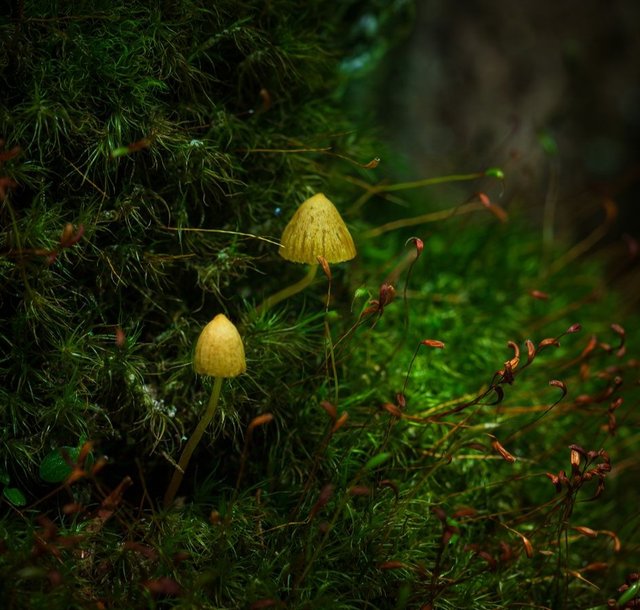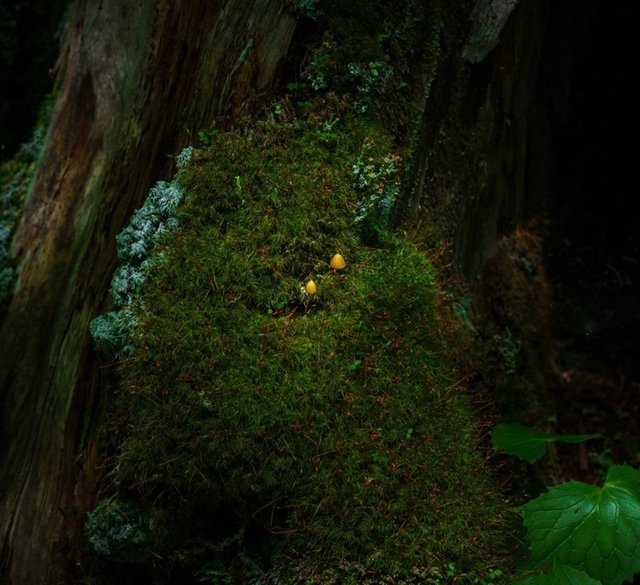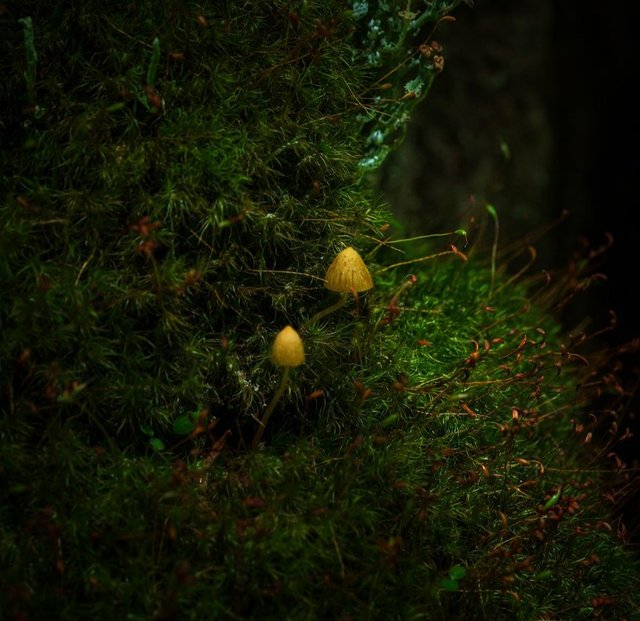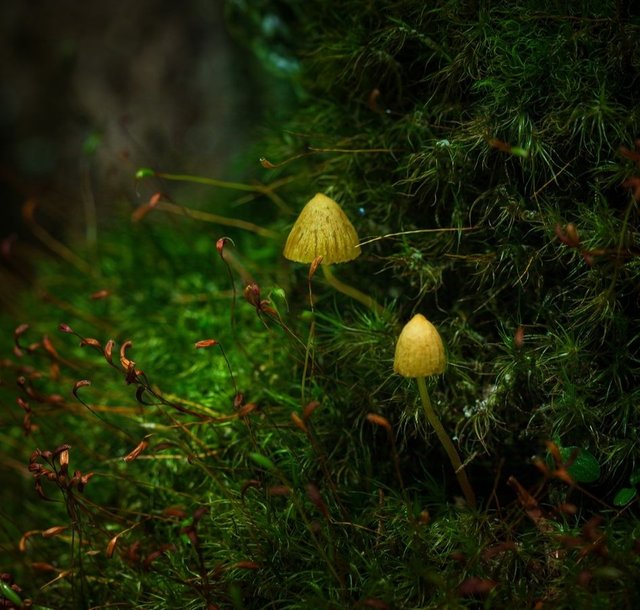Conocybe So Beautiful Fungi
Exploring Conocybe Mushrooms: Identification, Toxicity, and Ecological Role
Conocybe is a fascinating genus of small, often inconspicuous mushrooms that are part of the Bolbitiaceae family. These mushrooms are common in grassy areas, garden beds, woodlands, and compost-rich soils, especially after rainy weather. While they may seem harmless, some Conocybe species are highly toxic and can pose significant health risks if ingested. Here’s a deep dive into what makes Conocybe an important genus for mushroom enthusiasts, ecologists, and those concerned with public safety.
Overview and Identification of Conocybe
The genus Conocybe includes over 300 species, many of which are hard to distinguish at first glance due to their small size and similar appearance. They are generally small, with thin stems and small caps, and range in color from yellow and brown to tan. The caps of Conocybe species are usually conical to bell-shaped, often pointed at the top, which is where they derive their name, “Conocybe,” meaning "cone-head."
One of the most distinctive features of Conocybe mushrooms is their gills, which are typically attached to the stem and often have a rusty-brown or cinnamon-brown spore print, thanks to the color of their spores. Some Conocybe species, such as Conocybe tenera, can be mistaken for other small mushrooms like Psilocybe or Galerina, making identification particularly tricky for amateur mycologists.
Common Species and Their Characteristics
Among the many species in this genus, here are a few that are commonly encountered:
Conocybe filaris: This is one of the most notorious species, as it contains deadly toxins. Despite its harmless appearance and frequent presence in gardens and grassy areas, C. filaris can be fatal if ingested, as it contains amatoxins—the same compounds found in the deadly Amanita mushrooms.
Conocybe apala: Often referred to as the “white dunce cap,” this species is common in lawns and grassy fields. While it is not as toxic as C. filaris, it is still considered inedible and potentially dangerous to consume.
Conocybe tenera: This is a delicate, tan-colored mushroom commonly found in grasslands. While not known to be deadly, it is generally considered inedible and may cause mild gastrointestinal distress if consumed.




Thanks For Reading
Device Information
| Device | cannon eos 600D |
|---|---|
| Lens | 55-250 zoom leans |
| Location | Myanmar |
